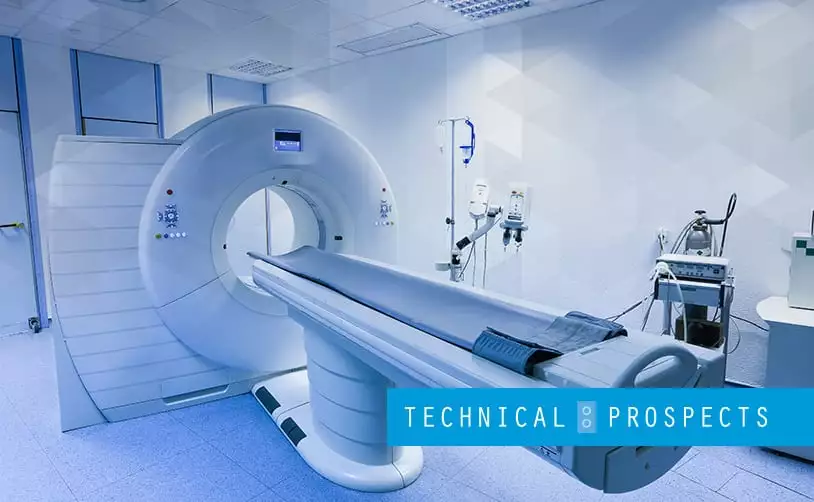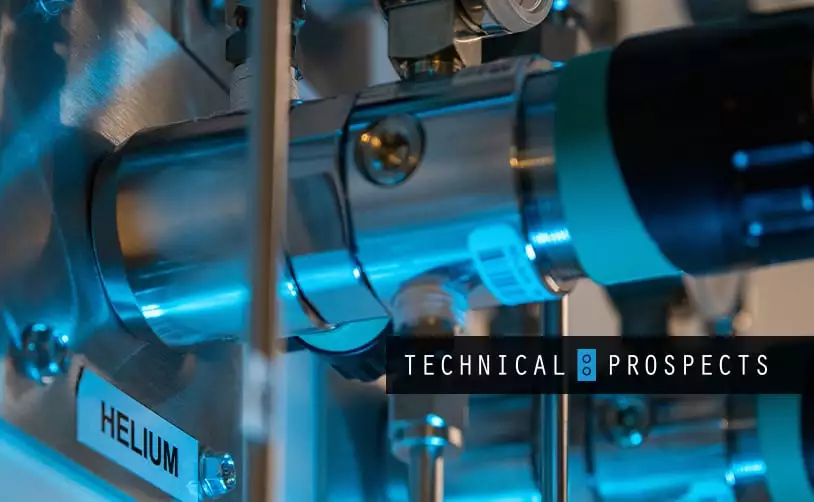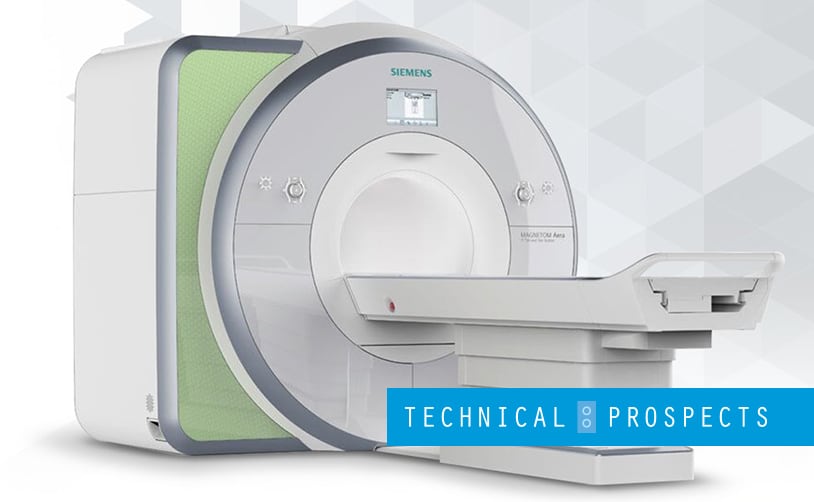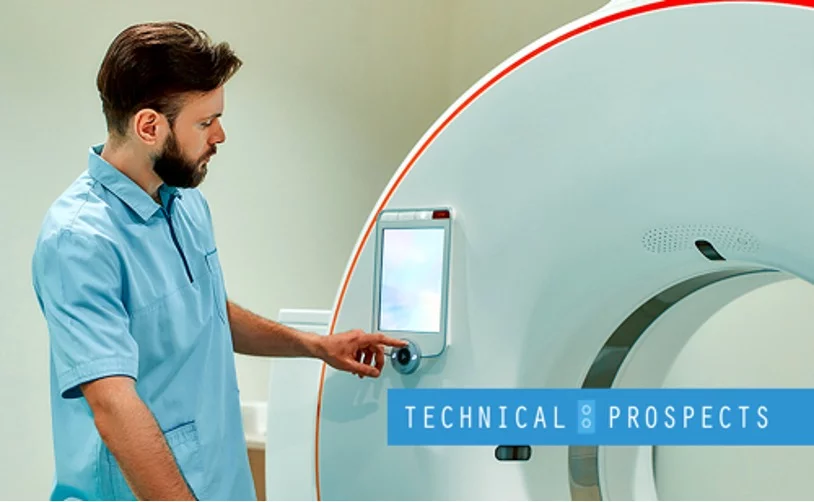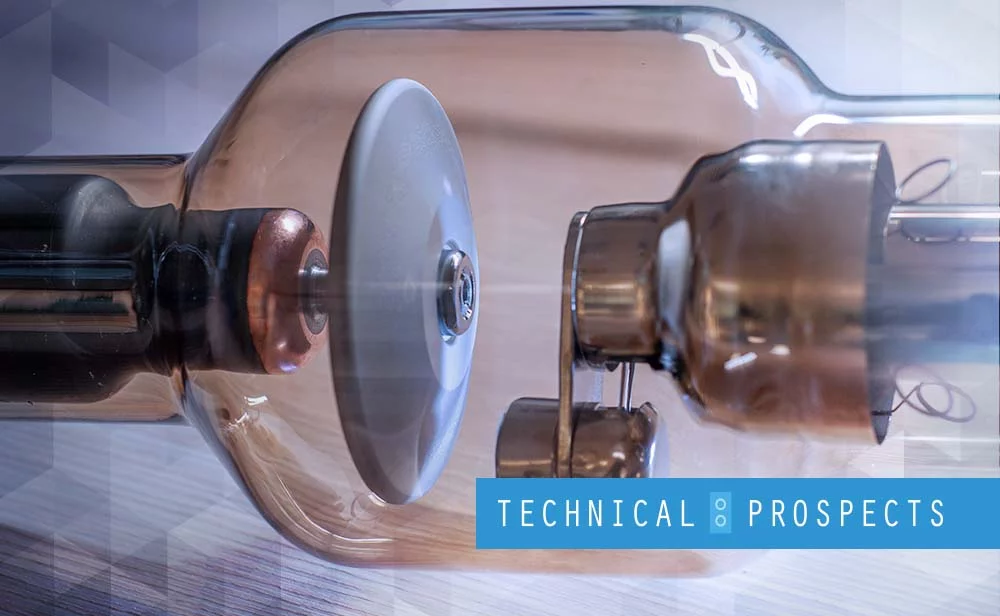MRIs capture cross-sectional images by using a powerful magnetic field to diagnose patients. MRI scanners need to use a significant amount of energy to produce these images. The MRI parts that produce the energy need to be superconductive and operate at freezing temperatures. Maintaining temperatures like these require chemicals like liquid helium.
A History Of Magnetic Resonance Imaging
The first MRI system in the world came from UK manufacturing company Oxford Instruments, which also invented the world’s first superconducting magnet. MRI is a relatively new technology. Back then, commercial MRI systems had two cryogen chambers containing liquid helium and nitrogen. Though this was cutting-edge at the time, there are more efficient systems today. These first machines needed monthly helium and weekly nitrogen refills to maintain the required levels. In 1990, manufacturers came out with MRIs that only use liquid helium, and by 2000, there were more efficient ones available.
Today, manufacturers sell zero boil-off magnets that do not need regular liquid helium refills. It does not mean, though, that helium losses do not occur. Failures in the cold head or other parts of the helium system could bring about loss in liquid helium.
Why Do MRI Systems Need Liquid Helium?
An MRI system uses superconducting magnets in producing high-definition, diagnostic images. Magnets need to be subzero temperatures to be superconductive, which manufacturers achieve using liquid helium. The wires soak continuously in the substance, keeping them at acceptable temperatures. Helium is liquid at around -452.11 degrees Fahrenheit, making it the best liquid for keeping MRI magnets at levels conducive for superconductor use. Other liquids become gas much easier and would boil off quickly. Liquid helium is more effective at staying in this state because it is so cold.
Why Is Liquid Helium For MRI Parts Expensive?
Helium is a non-renewable resource; once you release this gas into the atmosphere, it will escape the earth since it is very light. Most helium on the planet is a by-product of radioactive decay from uranium, thorium, and other heavy elements. Since there is so little of it, and it needs special conditions for keeping in liquid form, it tends to be challenging to acquire. What’s more, helium supplies are dwindling today.
With the recent discovery of a new reserve of helium under Tanzania’s Great Rift Valley, an outright shortage shouldn’t happen anytime soon. This reserve contains enough helium for 1.2 million MRI systems and has supposedly come from volcanic activity in the area.
This discovery would ease people’s concerns about the planet’s helium resources running out, and it makes them hopeful for undiscovered deposits. However, helium remains a scarce, non-renewable resource; eventually, the world will run out of it. Since the average MRI system needs about 2,000 liters of helium to operate, people’s concerns about helium shortage are valid. This combination of factors is why liquid helium is tricky to source and why MRI systems could be challenging to maintain.
Conclusion
MRI systems need specialized knowledge to maintain, and it is not just because of the parts. Since MRIs use superconductors, they need liquid helium to work. Helium is a scarce resource, but it is the best one to use for magnetic resonance imaging at the moment.
Your healthcare facility will smoothly run when you maintain it with MRI parts from Direct Med. With over 8,000 unique SKUs, you’re sure to find one that fits your needs. Check our catalog today or contact us for more information.


